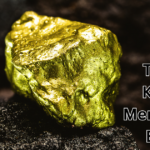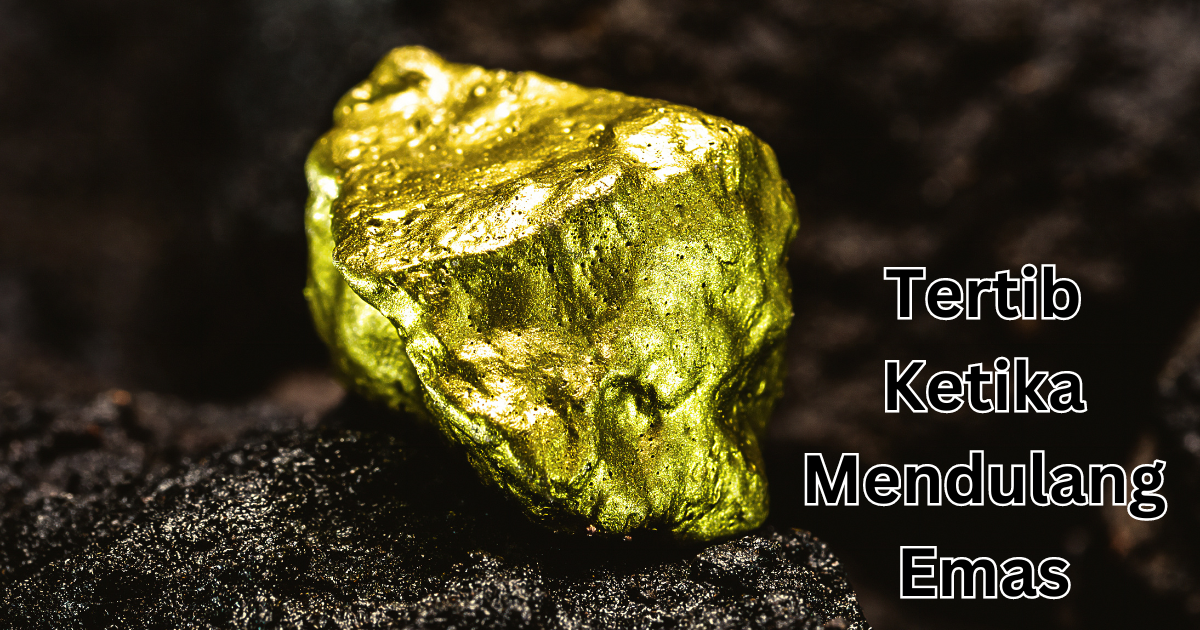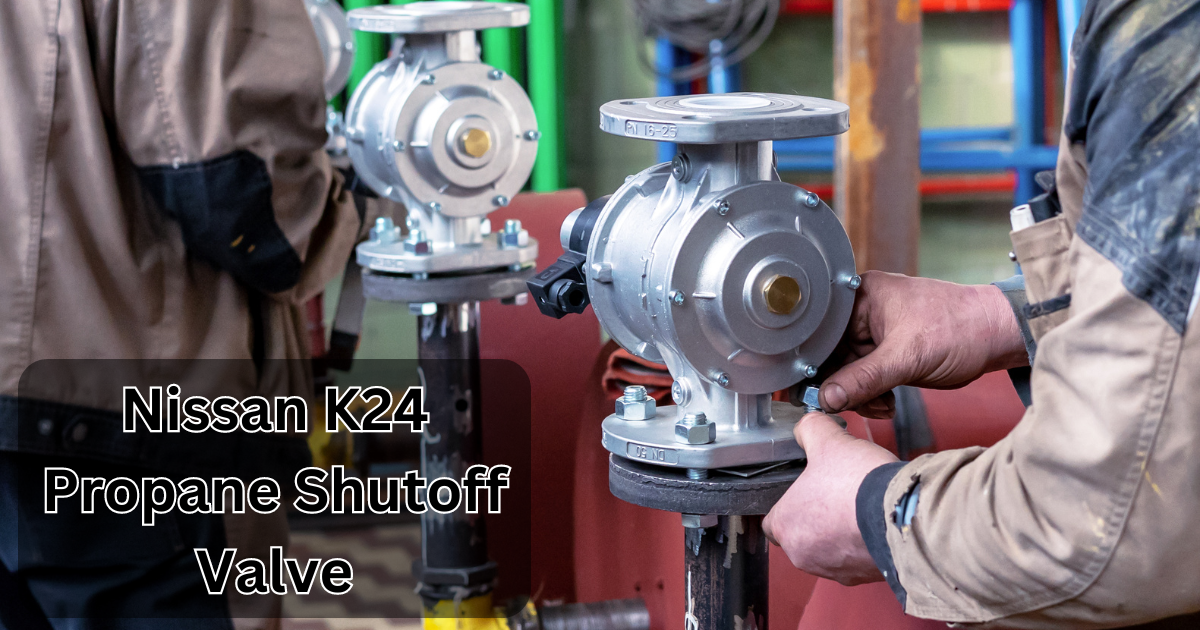Nickel-Phosphor-PTFE coatings are renowned for their low-friction properties, excellent corrosion resistance, and durability. Despite these advantages, this coating technology is not used in RockShox suspension systems, which are key components in high-performance mountain bikes. This raises an important question for biking enthusiasts: why is Nickel-Phosphor-PTFE not used in RockShox? In this article, we will explore the characteristics of Nickel-Phosphor-PTFE, examine the performance requirements of RockShox components, and uncover the reasons behind the choice of alternative materials.
What is Nickel-Phosphor-PTFE?
The Composition of Nickel-Phosphor-PTFE
Nickel-Phosphor-PTFE is a composite coating that combines three key elements: nickel, phosphorus, and PTFE, also known as Teflon. Nickel provides a durable, hard surface, while phosphorus is added to enhance the hardness and wear resistance of the coating. PTFE, a well-known non-stick material, reduces friction, allowing for smooth motion between surfaces. This combination makes it a popular choice for components that require both durability and low friction.
Common Applications of Nickel-Phosphor-PTFE
Nickel-Phosphor-PTFE coatings are widely used in industries such as automotive, aerospace, and medical devices. In automotive applications, this coating is often used for parts like valves and bearings that require low friction and high durability. In the aerospace industry, its corrosion-resistant properties make it ideal for use in extreme environments. Similarly, medical devices use Nickel-Phosphor-PTFE coatings to ensure durability and sterility in surgical tools and implants.
RockShox Suspension Technology Overview
A Brief History of RockShox
RockShox has been a leader in mountain bike suspension technology since its founding. Its innovative approach has revolutionized the way suspension systems are designed, allowing riders to tackle rough terrains with ease. RockShox’s products have become synonymous with durability, performance, and innovation, making them the go-to choice for professional and recreational riders alike.
Materials Commonly Used in RockShox Products
RockShox suspension components are primarily made from lightweight metals like aluminum and magnesium alloys. These materials are chosen for their strength-to-weight ratio, which is essential for ensuring high performance without adding unnecessary weight to the bike. RockShox also employs advanced coating technologies such as anodizing and hard-coating to enhance the durability and performance of these materials.
Exploring the Compatibility of Nickel-Phosphor-PTFE with RockShox
Advantages of Nickel-Phosphor-PTFE Coatings
Nickel-Phosphor-PTFE coatings offer several advantages, such as their low-friction surface, which minimizes wear and tear between moving parts. The PTFE component reduces the friction coefficient, allowing for smoother operation. Additionally, the nickel and phosphorus combination enhances the coating’s resistance to corrosion and wear, making it highly durable even in harsh environments.
Limitations in Suspension Systems
Despite its advantages, why is Nickel-Phosphor-PTFE not used in RockShox? Nickel-Phosphor-PTFE presents several challenges when applied to suspension systems like those in RockShox. First, the coating tends to be heavier than other alternatives, which can negatively impact the weight of the bike. Additionally, there are concerns about the bonding strength between Nickel-Phosphor-PTFE coatings and the aluminum and magnesium alloys commonly used in RockShox components. The coating’s relatively low thermal conductivity may also hinder its ability to dissipate heat in high-performance scenarios.
Also Read: Via Max – Sense TZE Active Gel Estimation
Why RockShox Opts for Other Materials
Performance Requirements for RockShox Components
RockShox suspension systems are designed to offer superior performance under extreme conditions. This means they need to be lightweight, durable, and capable of withstanding repeated impacts and stresses. Nickel-Phosphor-PTFE, while durable, does not meet these stringent performance requirements. Its heavier weight and potential adhesion issues make it less suitable for RockShox’s high-performance needs.
Nickel-Phosphor-PTFE vs. RockShox’s Current Coatings
RockShox relies on anodizing and hard-coating technologies to provide lightweight yet durable protection for its components. Anodizing not only improves the corrosion resistance of aluminum alloys but also enhances their wear resistance without adding significant weight. In comparison, Nickel-Phosphor-PTFE coatings offer more durability in harsh environments but at the cost of added weight and potential thermal issues.
Potential Risks of Using Nickel-Phosphor-PTFE in RockShox
Potential Failures in Extreme Conditions
Mountain biking often involves exposure to dirt, mud, and water, which can compromise certain coatings. While Nickel-Phosphor-PTFE offers excellent corrosion resistance, it may struggle to maintain its performance in extreme conditions where high levels of impact and vibration are common. Additionally, repeated exposure to these elements may lead to metal fatigue, reducing the lifespan of the coating.
Maintenance and Durability Concerns
Another concern with Nickel-Phosphor-PTFE is the difficulty in repairing or recoating components if the surface becomes damaged. Suspension systems are subject to significant wear, and the cost and complexity of repairing a damaged Nickel-Phosphor-PTFE coating could make it impractical for widespread use in RockShox products.
Alternatives to Nickel-Phosphor-PTFE in Suspension Systems
Anodizing and Hardcoat Anodizing
Anodizing is one of the most common coating techniques used in high-performance suspension systems. It offers a lightweight, durable solution that provides excellent protection against corrosion and wear. Hardcoat anodizing takes this a step further by offering even greater wear resistance, making it ideal for components that experience significant stress.
Titanium Nitride (TiN) Coatings
Titanium Nitride (TiN) is another alternative coating used in some high-end RockShox products. TiN provides exceptional hardness and wear resistance, making it ideal for suspension systems that require a low-friction surface and superior durability. Its gold appearance also adds a distinct aesthetic appeal.
Conclusion
In summary, while Nickel-Phosphor-PTFE offers many benefits such as corrosion resistance and low friction, its limitations in weight, bonding, and thermal management make it unsuitable for use in RockShox suspension systems. Why is Nickel-Phosphor-PTFE not used in RockShox? RockShox prioritizes lightweight, high-performance materials like anodized aluminum and Titanium Nitride to ensure their products meet the rigorous demands of mountain biking. By understanding the unique requirements of RockShox components, it becomes clear why Nickel-Phosphor-PTFE is not the coating of choice.
FAQs
1. Can Nickel-Phosphor-PTFE Coatings Be Used in Bicycles?
Nickel-Phosphor-PTFE coatings can be used in certain bicycle components, but they are not ideal for suspension systems due to their weight and performance limitations.
2. What Coatings Does RockShox Use in Their Products?
RockShox primarily uses anodizing and Titanium Nitride (TiN) coatings to enhance the durability and performance of their suspension systems.
3. Is Nickel-Phosphor-PTFE Lighter Than Anodized Coatings?
No, Nickel-Phosphor-PTFE coatings are typically heavier than anodized coatings, which is one of the reasons they are not used in RockShox products.
4. How Does Nickel-Phosphor-PTFE Perform in Wet Conditions?
Nickel-Phosphor-PTFE offers excellent corrosion resistance, but its overall performance may suffer in extreme biking conditions, particularly with regard to bonding and wear.
5. What Are the Advantages of Titanium Nitride Over Nickel-Phosphor-PTFE?
Titanium Nitride offers superior hardness, wear resistance, and a lighter weight, making it a more suitable choice for high-performance suspension systems.











